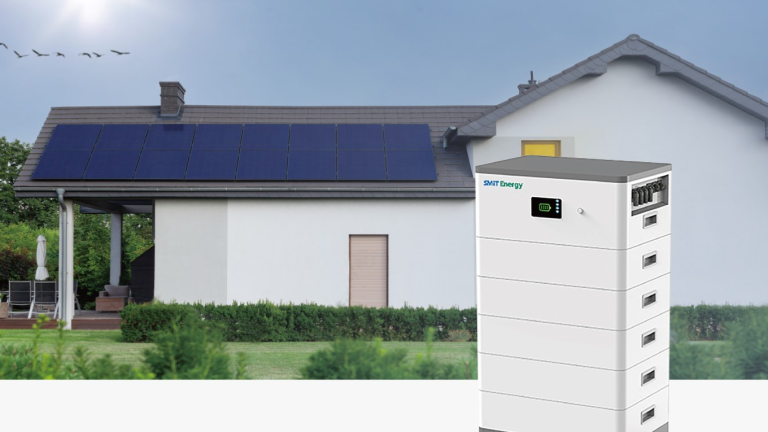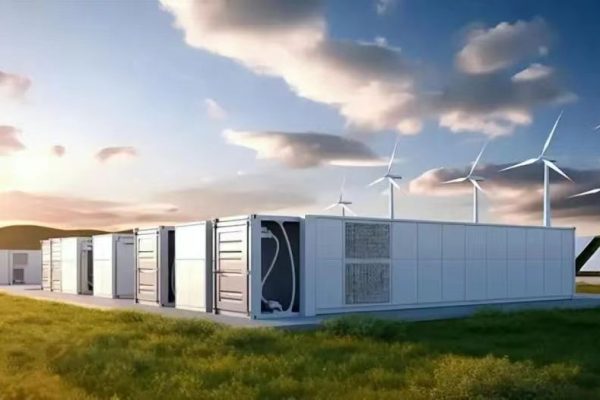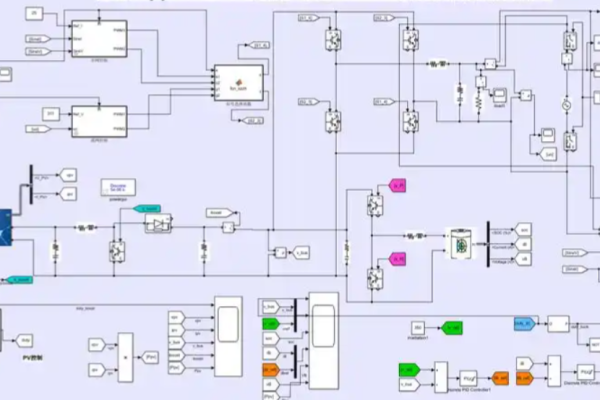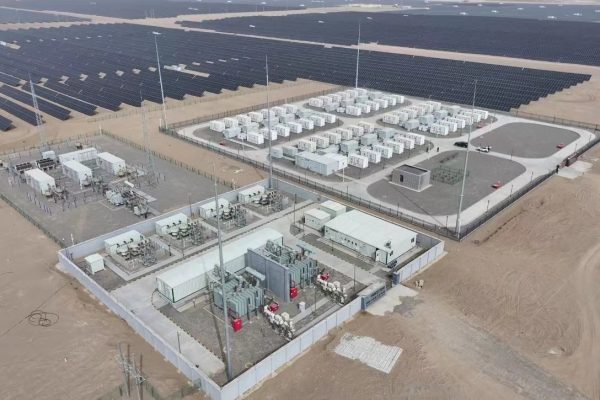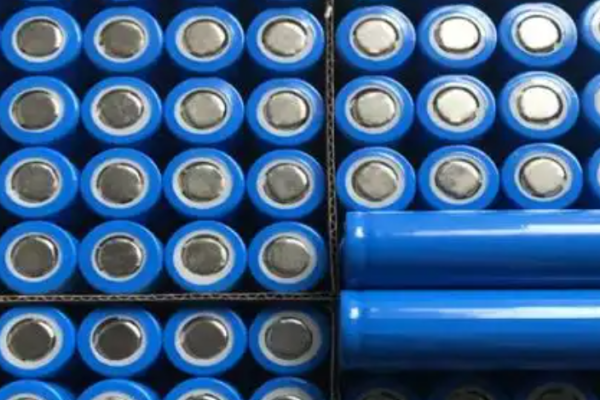Intro The effectiveness of a home energy storage system depends heavily on proper sizing. Oversizing leads to unnecessary costs; undersizing results in frustration. But how do you get it right?
1. Understand Your Daily Energy Usage
- Review your electricity bills for average daily kWh consumption
- For solar users, calculate net grid usage after solar generation
2. Peak Load vs Continuous Load
- Some appliances (like pumps, ACs) have high peak power draw
- Choose inverters and batteries that can handle surge power
3. Battery Capacity Planning
- Rule of thumb: 1–1.5 days’ worth of average energy usage
- Example: For a household using 10kWh/day, go for 10–15kWh usable battery
4. Lithium-ion vs LFP Choices
- Lithium NMC: Higher energy density, compact
- LFP: Longer cycle life, safer, slightly lower energy density
5. Future-Proofing and Scalability
- Modular systems allow future expansion
- Choose brands that offer stackable battery modules
Conclusion The best storage system is the one tailored to your needs and future plans. A well-sized battery bank not only maximizes ROI but also ensures comfort and energy security.





